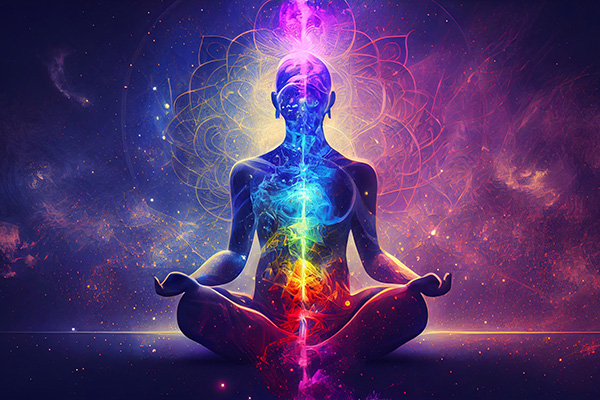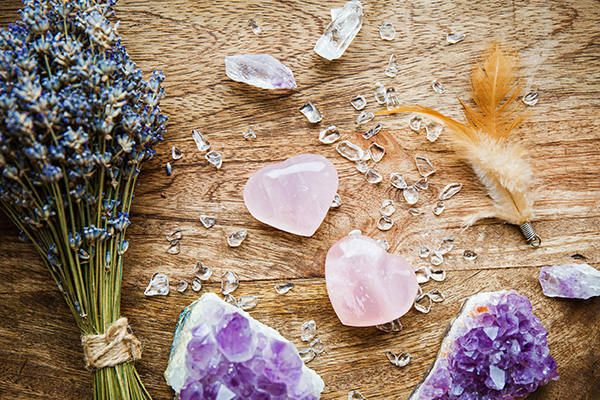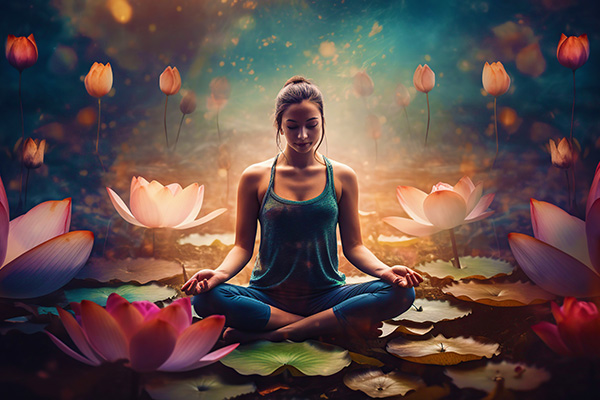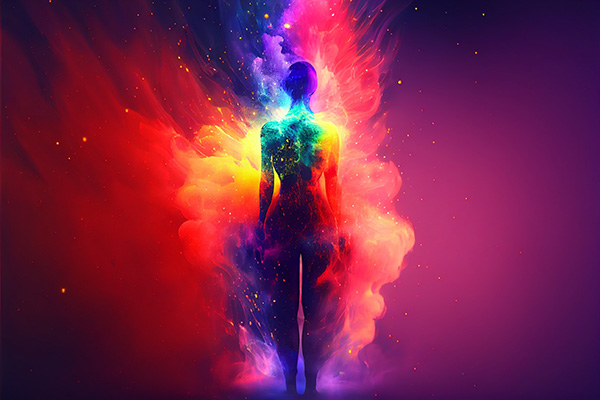throat chakra
The Power Of Ansuz During Mercury Retrograde
 Mercury is going retrograde again today and, as always, I am already seeing many issues with miscommunication, unnecessary conflict, and misunderstandings come up in readings. I am also picking up a lot of nervous energy with clients.
Mercury is going retrograde again today and, as always, I am already seeing many issues with miscommunication, unnecessary conflict, and misunderstandings come up in readings. I am also picking up a lot of nervous energy with clients.
Mercury Retrograde really affects our ability to communicate, and especially to listen and understand each other. My best advice always in these times is to not get sucked into arguments to easily, as both parties usually got it wrong to begin with. Stay calm, pay attention and find out the facts, before you lose it prematurely…only to regret it later.
The next retrograde begins today and lasts until November 29, 2025. The full shadow phase around this retrograde (both pre-shadow and post-shadow) spans from about October 21, 2025 (pre-shadow began) to December 16, 2025 (post-shadow ends).
If you are looking for new ways to support your energy during this retrograde period, try my go to technique. I connect with the energy of understanding and patience using a specific rune, which I use for meditation in these times, and as a symbol to carry with me until the retrograde is over.
The rune I am talking about is Ansuz. It’s the rune associated with the throat chakra, because symbolizes the energy of clear communication and using the right words. It carries the powers of convincing, powerful speech and writing, wisdom, analytical thinking and reason, and the ability connecting and network with others.
I frequently used this rune when I used to be work in the corporate world. It helped me a great deal to calm my nerves when I had to speak in front of many people at meetings and presentations.
Transform Your Energy With Color Meditation
 Did you know that color therapy can balance and enhance your life emotionally, physically, and spiritually? It’s true! Colors are not just visual experiences. They are frequencies of light that interact with our own energy field, impacting how we feel, think, and behave.
Did you know that color therapy can balance and enhance your life emotionally, physically, and spiritually? It’s true! Colors are not just visual experiences. They are frequencies of light that interact with our own energy field, impacting how we feel, think, and behave.
Through the ages mystics, healers, and shamans have known what modern holistic practitioners are rediscovering: color is a potent healing tool.
From the fiery strength of red to the tranquil peace of blue, the visible spectrum offers a rainbow of resources for personal transformation. Every color carries its own vibration, and these subtle energies can be harnessed intentionally to support healing, clarity, and spiritual growth.
It can be used to stimulate your chakras, enhance your aura, and create harmony between your inner and outer worlds.
One profoundly effective way to connect with the power of color is through visualized meditation. When you consciously focus on a specific color during your meditation practice, you create a sacred bridge between intention and manifestation.
This focus calibrates your energy field to resonate with the energetic essence of that color to benefit your mind, body and soul.
The key to using color effectively is to align it with your current emotional or energetic needs. For instance, if you seek renewed optimism and joy, immerse yourself in the golden glow of yellow. Feeling emotionally tender or overwhelmed? A soft green can soothe and restore your heart. Rich reds can energize and ground, while blues invite calm and clear expression.
Chakra Gemstones To Attract Love And Romance
 When it comes to love and relationships-whether you’re looking for a new connection, deepening the one you already have, or just feeling more naturally magnetic-understanding your own energy can make a real difference.
When it comes to love and relationships-whether you’re looking for a new connection, deepening the one you already have, or just feeling more naturally magnetic-understanding your own energy can make a real difference.
Working with crystals and gemstones can help enhance and shift your energy in subtle ways, shaping not only how you connect with others, but also who you attract into your life.
Sometimes we focus so much on what’s happening outside of us-what someone said, how they acted, how they feel-that we forget that the most powerful influences often come from within. When our energy is balanced, clear and aligned with love, everything around us begins to reflect that.
Crystals and stones can be friendly allies, offering a little extra support and encouragement as you navigate the ups and downs of love. They’re not magic fixes, but they can gently help you stay centered, open-hearted, and in tune with the kind of love you truly deserve.
The more you consciously work with these stones, the more you’ll notice subtle changes: feeling more confident, radiating more warmth, or simply being in the right place at the right time to meet someone special.
By making love crystals a part of your daily spiritual practice and lifestyle, you will soon begin to notice people responding differently, new opportunities for connection, or even a deeper sense of self-love that changes the way you experience relationships altogether.
Healing Your Chakras With Flower Power
 Plants have long been regarded as nature’s healers, offering remedies for a wide range of physical ailments. But beyond their traditional medicinal uses, plants — especially flowers — have incredible energetic properties that can profoundly affect our well-being.
Plants have long been regarded as nature’s healers, offering remedies for a wide range of physical ailments. But beyond their traditional medicinal uses, plants — especially flowers — have incredible energetic properties that can profoundly affect our well-being.
As a firm believer in the healing power of plants. I have seen firsthand how Mother Nature can work in harmony with our body, mind and spirit.
Flowers in particular, with their delicate beauty, aromatic essential oils and subtle vibrational frequencies, have powerful healing properties.
It is no coincidence that flowers are used in many cultural traditions to convey empathy and caring, to provide comfort, and to promote well-being. This is not simply because flowers are pretty and colorful, but because they have such powerful healing properties.
In many cultures, flowers are used to express sympathy and support. For example, it is common to send a bouquet of “get well soon” flowers to someone who is ill or recovering from surgery. Flowers such as lilies and daisies are often chosen for their associations with purity and cheerfulness, helping to lift the recipient’s spirits and contribute to emotional healing.
In Japan the practice of giving flowers, known as hanakotoba (flower language), is deeply embedded in cultural rituals. Each flower has a specific meaning, and their use conveys messages of sympathy, respect or congratulations. Chrysanthemums are associated with long life and are often given to the sick or elderly to wish them good health and longevity. The thoughtful selection of flowers is believed to bring emotional healing and comfort. Continue reading
The Spiritual Significance Of Colors
 Color permeates our very existence, profoundly affecting our homes, our work environments, the food we eat and the clothes we wear.
Color permeates our very existence, profoundly affecting our homes, our work environments, the food we eat and the clothes we wear.
In every facet of our lives, color exerts a significant influence, shaping our moods, behaviors, and spiritual well-being.
In Kundalini Yoga, for example, teachers traditionally wear white outfits made of natural fibers, along with a white head covering. This custom is not just for practical or aesthetic reasons.
Just as the color white deflects the sun’s rays while black absorbs them, white also deflects negative energy while black attracts and absorbs it.
This practice thus serves a dual purpose: it symbolizes the purity and spiritual clarity that the teacher exemplifies, and it also protects the teacher from negative energy that may emanate from his or her students.
Kundalini Yoga can attract a wide range of students, from those who are highly developed spiritually to those who struggle with emotional instability. The white attire acts as a shield against negative energy that may be projected or “dumped” on the teacher.
In particular, the head covering protects the seventh chakra, which is located at the top of the head. This chakra is essentially our ‘spiritual umbilical cord’ that connects us to God, Source, Spirit, the Divine, so its protection is crucial.
The Soulful Practice Of Kirtan Chanting
 An ancient spiritual practice less known in the West has transformed my spiritual routine in recent years. It is known as kirtan a beautiful form of devotional chanting that originated in ancient India.
An ancient spiritual practice less known in the West has transformed my spiritual routine in recent years. It is known as kirtan a beautiful form of devotional chanting that originated in ancient India.
The term “kirtan” comes from Sanskrit and means “narrating, reciting, telling, describing” of an idea or story, particularly in a religious context. This enchanting practice weaves together music, meditation, chanting, and a deep sense of spiritual expression.
Kirtan is a central practice in the Bhakti Yoga tradition, which emphasizes love and devotion to a personal deity. It involves the repetitive chanting of mantras and divine names, traditionally in Sanskrit, accompanied by musical instruments such as the harmonium, tabla, and cymbals.
Traditionally, kirtans focus on chanting the names of deities like Krishna, Rama, or Sita. The kirtan leader sings a line and the congregation responds, creating a rhythmic and melodic interplay that is both meditative and invigorating.
While Kirtan remains rooted in its spiritual origins, it has gained global popularity beyond India and the Bhakti tradition. As the practice of yoga has boomed worldwide, kirtan too has seen an immense rise in popularity. It’s a testament to the universal appeal and transformative power of this captivating practice.
Kirtan events and gatherings are known for being welcoming and inclusive, focusing on the shared experience of chanting rather than strict religious adherence. Unlike the typical musical experience in spiritual settings, kirtan invites everyone to participate in a soulful, call-and-response chanting that creates a profound connection to the divine and brings people closer together.
The Spiritual And Therapeutic Energies Of Blue
 In metaphysics, colors are associated with a specific energy signature or vibrational frequency that affects our aura as well as the energy fields in our surroundings. The energy signature of blue carries certain vibrational qualities that have both spiritual and therapeutic significance.
In metaphysics, colors are associated with a specific energy signature or vibrational frequency that affects our aura as well as the energy fields in our surroundings. The energy signature of blue carries certain vibrational qualities that have both spiritual and therapeutic significance.
In spiritual and religious contexts, this color is often associated with the divine and sacred, representing a connection to the heavens and the spiritual realm. The color blue also holds a significant place in various mythologies around the world.
From its celestial associations in Greek mythology, to its divine symbolism in Norse mythology, to its mystical significance in Celtic mythology, blue represents the vastness of the cosmos, the power of divine forces, and the enduring nature of wisdom and knowledge.
Blue is also traditionally associated with spiritual healing and purification and is considered a protective color. It is believed to have a calming and cleansing effect on the mind and spirit. It is also said to ward off negative energies and provide a shield against spiritual harm.
Beyond its spiritual symbolism, blue is considered an important color in color therapy for its various therapeutic effects that promote physical, emotional and spiritual well-being.